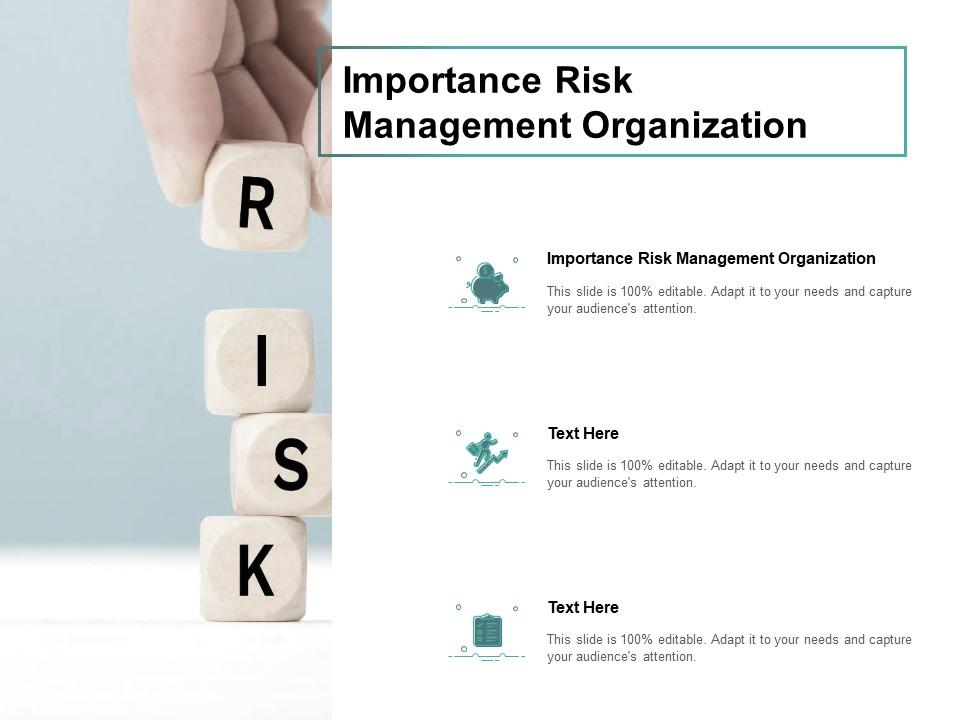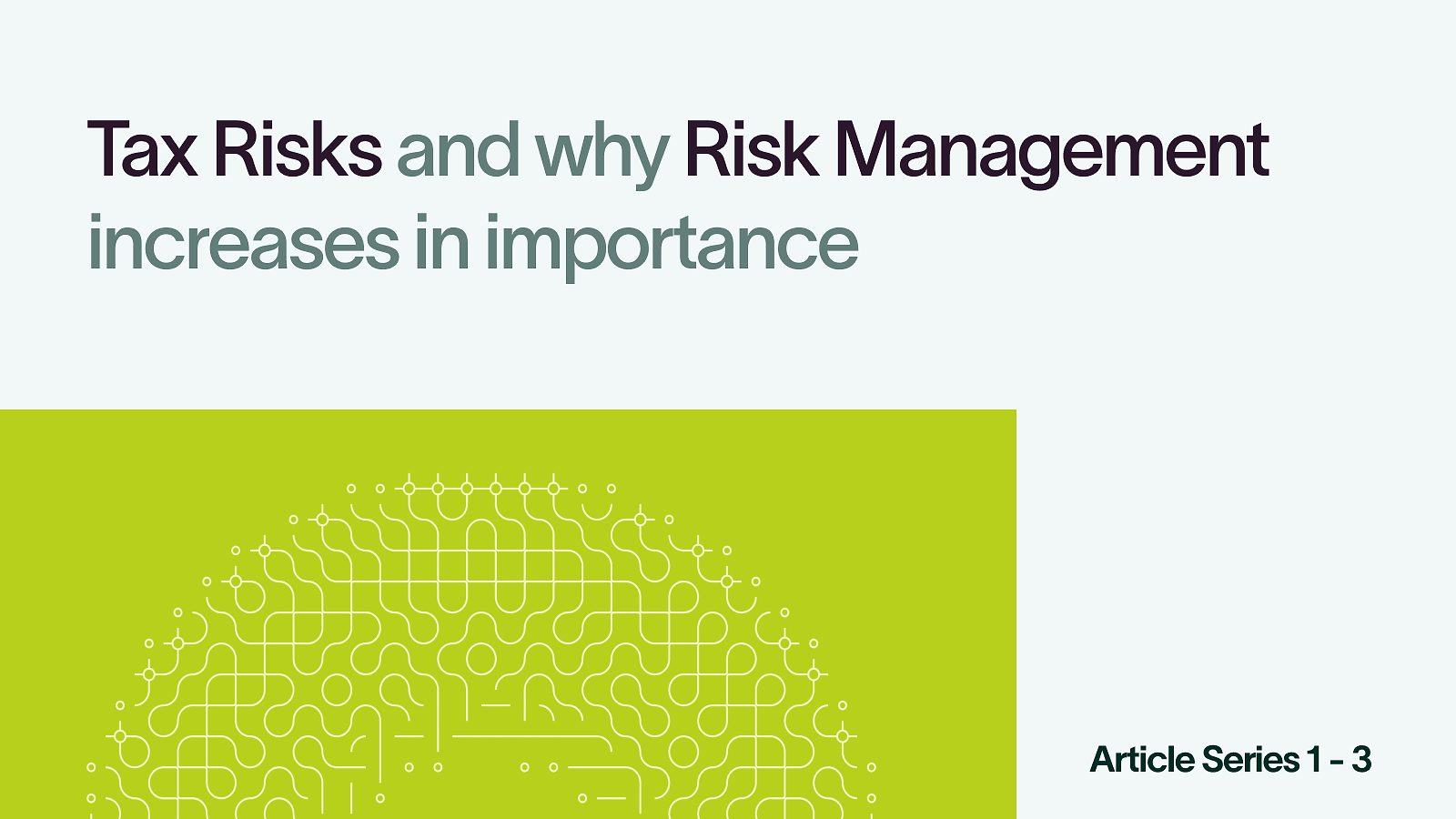Addressing the Hidden Risks: The Importance of Risk Management in Tech
Addressing the Hidden Risks: The Importance of Risk Management in Tech
Blog Article
Exploring the Significance of Risk Management for Effective Decision-Making Techniques
In the complex globe of business, Risk Management arises as a crucial aspect in the decision-making procedure. The capacity to identify potential risks and chances, and plan accordingly, can mean the difference in between success and failing.
Recognizing the Principle of Risk Management
Risk Management, a vital element in decision-making, is often misinterpreted or oversimplified. Normally, it describes the recognition, analysis, and prioritization of risks to lessen, monitor, and control the possibility or effect of unfavorable occasions. However, it's not merely concerning protecting against unfavorable outcomes, however also about identifying potential opportunities. Risk Management entails structured and disciplined approaches, utilizing data and informative analyses. It calls for a comprehensive understanding of the company's context, goals, and the possible risks that can thwart them. From financial unpredictabilities, lawful liabilities, strategic Management mistakes, to accidents and all-natural disasters, it addresses various risks. Notably, efficient Risk Management is not stagnant; it's a continuous, progressive process that advances with transforming scenarios.
The Function of Risk Management in Decision-Making Processes
In the realm of calculated preparation and service operations, Risk Management plays an integral duty in decision-making procedures. It assists in determining prospective hazards and unpredictabilities that can influence the accomplishment of service purposes. By tracing these risks, business can create techniques to alleviate their influence, making sure organization continuity and stability. Risk Management thus comes to be a vital tool in decision-making, aiding leaders to make educated selections based on a thorough understanding of the risks entailed. It motivates a positive technique, making it possible for organizations to expect and prepare for possible future situations. This considerably minimizes the likelihood of unfavorable repercussions, promoting much more reliable and effective decision-making approaches. Risk Management serves as a vital component in the decision-making processes of any organization.

Exactly How Risk Management Boosts Strategic Planning
In the context of strategic preparation, Risk Management plays a critical role. Initiating with the identification of potential risks, it further reaches the application of Risk reduction procedures. The duty of Risk Management is vibrant but not static, as it demands consistent tracking and adjusting of strategies.
Identifying Potential Risks

Implementing Risk Mitigation
Having established the value of recognizing potential risks, the next action is to discover Risk mitigation. This process involves establishing and applying approaches to manage determined risks successfully. It is a vital element of critical planning as it improves decision-making by lessening possible unfavorable end results. Risk reduction approaches can range from Risk evasion, Risk transfer, to risk reduction. Each strategy ought to be customized to the details Risk, considering its potential impact and the organization's Risk resistance. Additionally, effective Risk reduction calls for a deep understanding of the Risk landscape and the prospective effect of each Risk. This understanding allows companies to prioritize risks and assign resources efficiently, ensuring that one of the most substantial hazards are resolved initially.
Tracking and Readjusting Approaches
Though Risk mitigation is an important action in calculated preparation, constant surveillance and adjustment of these methods is equally vital. This ongoing site procedure allows companies to recognize new dangers and reassess existing ones, ensuring the carried out approaches remain efficient in the ever-changing business atmosphere. It additionally provides a chance to review the success of the Risk Management measures, enabling modifications to be made where necessary, further enhancing strategic planning. Efficient tracking and change need the usage of analytics and vital efficiency indications (KPIs) to measure effectiveness. These tools supply useful data-driven insights that can educate strategic decision-making. Surveillance and changing Risk Management approaches is a critical element for improving an organization's strength and critical planning.
Instance Studies: Effective Risk Management and Decision-Making
On the planet of business and finance, successful Risk Management and decision-making frequently serve as the pillars of flourishing ventures. One such entity is a multinational oil company that alleviated financial loss by hedging versus varying oil costs. In one more circumstances, a tech startup thrived by determining and accepting risky, high-reward techniques in an unpredictable market. A global bank, encountered with governing unpredictabilities, efficiently navigated the circumstance via proactive Risk evaluation and dynamic decision-making. These situations highlight website here the value of astute Risk Management in decision-making processes. It is not the absence of Risk, however the Management of it, that usually distinguishes successful firms from unsuccessful ones. These situations highlight the important role of Risk Management in calculated decision-making. importance of risk management.
Devices and Techniques for Reliable Risk Management
Navigating the elaborate puzzle of Risk Management needs the best set of methods and devices. These tools, such as Risk registers and warmth maps, aid in determining and examining prospective threats. Methods consist of both measurable approaches, like level of sensitivity analysis, and qualitative techniques, such as SWOT analysis. These help in prioritizing threats based upon their potential impact and chance. Risk reaction strategies, a crucial component of Risk Management, involve accepting, preventing, transferring, or mitigating threats. Monitoring and controlling threats, with normal audits and testimonials, guarantee that the strategies continue to be effective. With these strategies and tools, decision-makers can navigate the complicated landscape of Risk Management, consequently promoting notified and effective decision-making.
Future Fads in Risk Management and Decision-Making Techniques
As we discover the large landscape of Risk Management, it ends up being obvious that the devices and techniques used today will certainly continue to progress. The principle of Risk culture, where every participant of a company is mindful and included in Risk anonymous Management, will acquire extra importance. These trends proclaim an even more positive and inclusive strategy in the direction of Risk Management and decision-making.
Final thought

Risk Management therefore comes to be an essential tool in decision-making, helping leaders to make educated selections based on a detailed understanding of the threats included. Risk reduction methods can vary from Risk evasion, Risk transfer, to take the chance of decrease (importance of risk management). Reliable Risk mitigation requires a deep understanding of the Risk landscape and the prospective effect of each Risk. Risk feedback strategies, a key part of Risk Management, involve accepting, staying clear of, transferring, or mitigating threats. The principle of Risk society, where every member of an organization is mindful and entailed in Risk Management, will acquire more prominence
Report this page